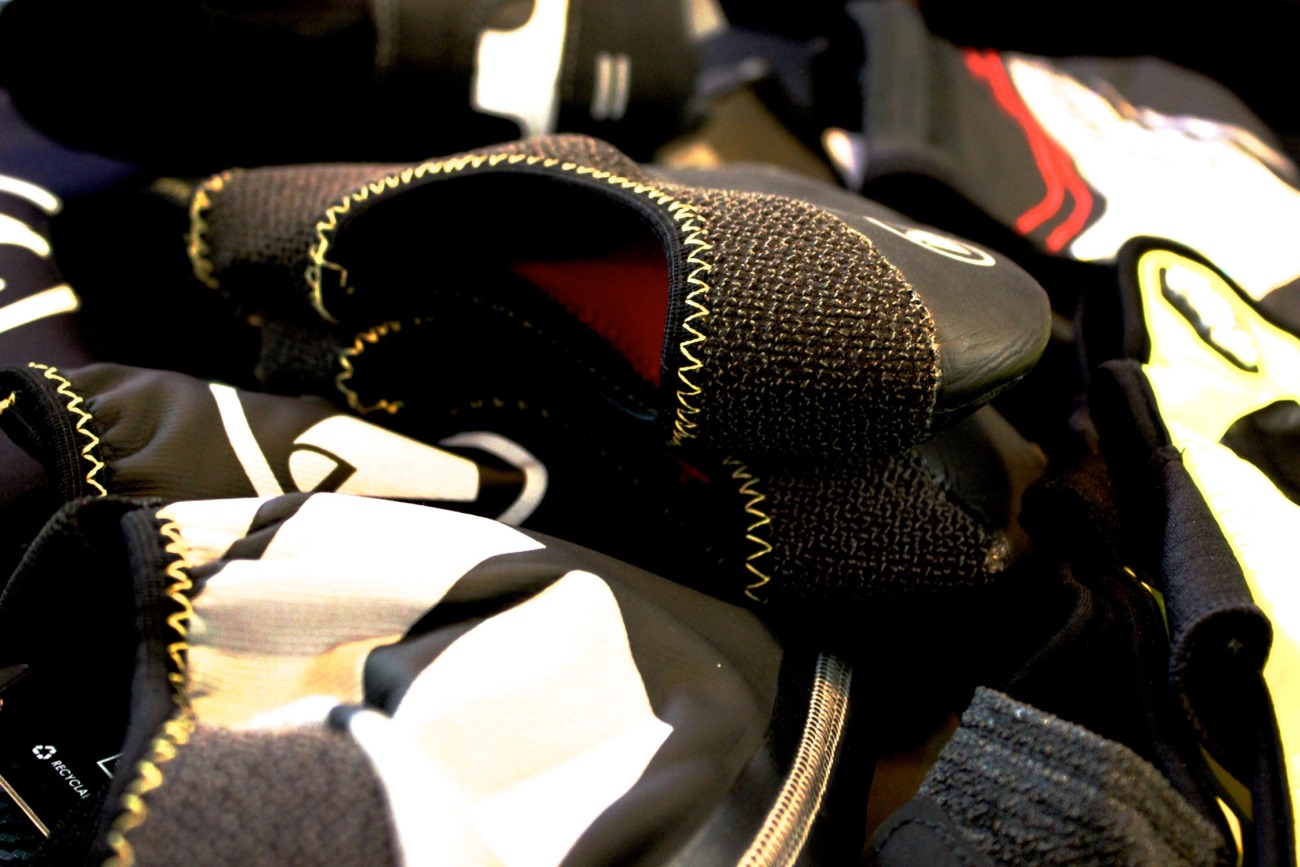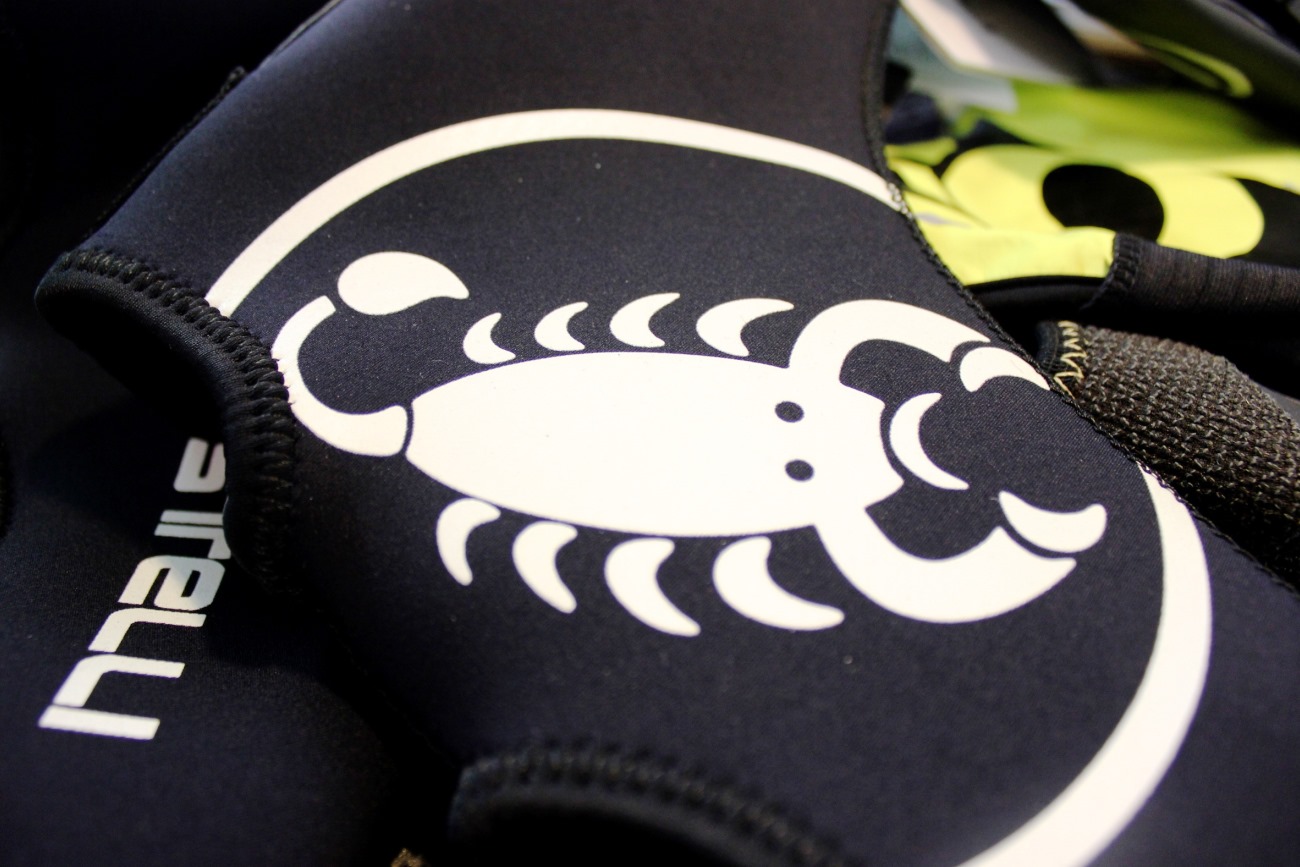Neoprene
-

Overshoes are an essential at this time of year if you wish to ride in warmth and comfort
-

Neoprene is seemingly made for the purpose of keeping cyclists’ feet warm and dry
-

A PU coating, like that seen on Pearl Izumi's Pro Barrier WXB overshoe, offers protection from the rain with a lighter 'feel' than neoprene
-

Soft fabrics, like Gore's Windstopper, are insulating, and, if treated, can provide some water resistance
-

Overshoe zips are often highly stressed, but a sympathetic approach can prevent damage
-

Winter boots have found greater acceptance with mountain bikers, but the UK-based roadie might consider them an alternative to routinely replacing overshoes
Neoprene
Neoprene is seemingly made for the purpose of keeping cyclists’ feet warm and dry, although such use is likely to have been far from the minds of manufacturers Du Pont when developing this rubber-like fabric more than 80 years ago.
Cycle clothing brands tend to use neoprene in two forms for overshoes, and your choice will be governed by whether you intend to keep your feet warm and dry, or warm only. The single-lined format is lined with insulating and padded nylon only on the inside.
The exterior is left in its natural, rubberized format, all the better for holding off the rain. Water simply runs off it, and while it’s almost impossible to prevent water ingress at the cuff (the wet stuff will find its way through even the smallest gap between overshoe and sock) it will do much to keep your feet dry.
The downside? “If you run warm, there’s a good chance you’ll find neoprene a bit sweaty, unless it’s five degrees of below,” says Ritchie. It’s also easy to mark, for example with fingernails when pulling on and taking off.
The double-lined format is better used when you need only to keep your feet warm. Deployed on cold days, neoprene’s insulating qualities will serve you well, and will be boosted by a nylon lining outside and in.
Castelli’s Diluvio overshoe, one that gained the RCUK seal of approval back in 2012 and which has changed little since, is a fine example, and one of many on the market. The drawback for use of such in wet conditions is that moisture will not simply run off as it will from its rubberized cousin, and by loitering in the fabric’s pores, will become subject to windchill.





